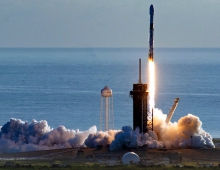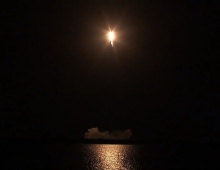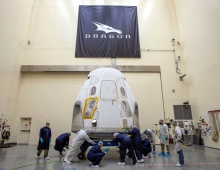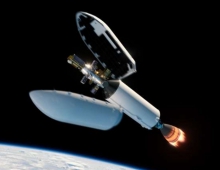
SpaceX Launches Rocket With Canadian Satellites
Elon Musk’s Space Exploration Technologies Corp. (SpaceX) has succesfully launched the RadarSat Constellation Mission, carrying Canada’s new generation of Earth-observation satellites.
The Falcon 9 rocket and payload took off at 7:17 a.m. local time Wednesday from Vandenberg Air Force Base on California’s central coast. The three satellites began deploying about 54 minutes after launch. SpaceX recovered the rocket’s first stage at a landing zone on the military base.
The RADARSAT Constellation Mission (RCM) is the evolution of the RADARSAT Program. It consists of three identical C-band Synthetic Aperture Radar (SAR) Earth observation satellites. Built by MDA, a Maxar company, the three-satellite configuration of the RCM will provide daily revisits of Canada's territory and maritime approaches, including the Arctic up to 4 times a day, as well as daily access to any point of 90% of theworld's surface.
The RCM will support the Government of Canada in delivering services to meet Canadian needs in areas like maritime surveillance, ecosystem and climate change monitoring, and helping disaster relief efforts.
SpaceX set a company record last year with 21 launches for customers. Last month, the company sent up the first batch of its own satellites, a key step toward creating a space-based constellation that beams broadband to underserved areas across the globe.
2019 is also expected to see the the first flight with humans on board. SpaceX and Boeing have contracts with NASA to bring American astronauts to the International Space Station as part of the agency’s Commercial Crew program.
SpaceX completed the Demo-1 flight of its “Crew Dragon” without humans on board in March. However, a subsequent explosion back on Earth meant that the first humans to fly on the spacecraft may be delayed to 2020.
The company has also been working on its new Starship vehicle, designed to one day take humans to the Moon, Mars, and beyond. CEO Elon Musk revealed they were working on two variants of the vehicle, with continued testing of a prototype known as Starhopper expected throughout the year.





















